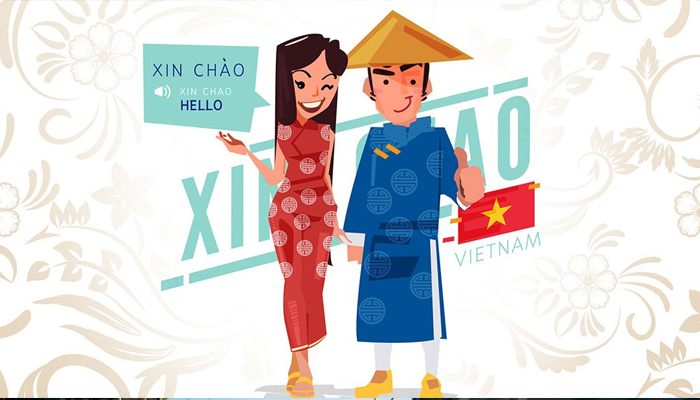Vietnamese localization involves adapting products, services, and content to cater specifically to the Vietnamese market. It includes language translation, cultural adaptation, and user experience customization. Localization ensures that the product or service resonates with Vietnamese consumers, taking into account their language preferences, cultural nuances, and user behavior. This process helps businesses effectively engage with the local audience, enhance brand perception, and maximize their chances of success in Vietnam.
A Comprehensive Vietnamese Localization Strategy is essential for several reasons. Firstly, Vietnam is a unique market with its own language, culture, and consumer preferences. Adapting products and services to the local context through localization increases the chances of success.
Secondly, it demonstrates respect for Vietnamese culture, fostering positive brand perception and building trust among consumers.

Thirdly, localization helps overcome language barriers, ensuring effective communication and engagement. It also enables businesses to navigate local regulations and compliance requirements.
Lastly, a localized strategy enhances customer satisfaction, increases market share, and gives a competitive edge over businesses that do not cater specifically to the Vietnamese market. In this article, we will discuss how to create a project plan for Vietnamese localization in detail.
- Step 1: Define the Scope of the Project
The first step in creating a localization project plan is to define the scope of the project. This involves determining what content needs to be localized and which languages need to be supported to Vietnamese. A good way to start is by conducting a thorough analysis of your market research data. You can also consult with your sales, marketing, and customer service teams to get their input. This will help you to determine which languages and regions are most relevant to your business.
- Step 2: Create a Project Schedule
Once you have defined the scope of the project, the next step is to create a project schedule. This involves identifying key milestones and deadlines for each phase of the project. The schedule should include planning, translation, review, and testing phases. Each phase should have clear and measurable objectives, and deadlines should be realistic and achievable. By having a detailed project schedule, you can keep track of progress, choose suitable Vietnamese localization packs in Hanoi and ensure that the project stays on track.

- Step 3: Choose a Localization Method
There are several methods of localization, including human translation, machine translation, and hybrid approaches. Human translation involves using professional translators to translate the content manually. Machine translation involves using automated tools to translate the content. Hybrid approaches combine both methods, using machine translation as a first step and then having human translators review and edit the content. When choosing a method, consider factors such as quality, cost, and turnaround time.
- Step 4: Select a Localization Vendor
Choosing the right Vietnamese localization vendor is crucial to the success of your project. Look for a vendor that has experience in your industry and can provide high-quality translations within your budget. You should also consider their language expertise and their ability to handle projects of your size and complexity. Get references and check their reviews to ensure that they have a track record of delivering high-quality work.
A Comprehensive Vietnamese Localization Strategy plays a crucial role in adapting products and services to the Vietnamese market. It enhances customer satisfaction, builds a positive brand image, strengthens stakeholder engagement, and facilitates market competitiveness by overcoming language and cultural barriers. Its importance lies in effectively meeting local needs, fostering cultural sensitivity, and maximizing business opportunities in Vietnam.



